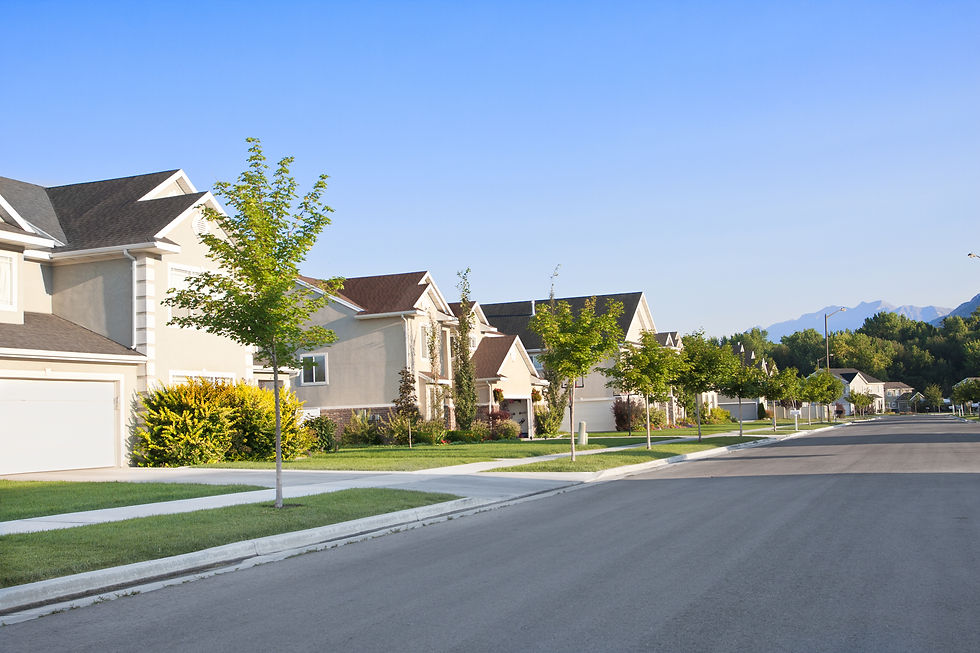Checklist for Aging in Place
- Steve Russo
- Aug 15, 2014
- 2 min read
By Bruce Weaver, MPA, PA-C, Owner/AAging Better In-Home Care
Life can change in a heartbeat. One moment a parent appears active and healthy and the next moment they need assistance. Changes like this are normally the result of aging, but when they hit home, it can feel like our parents have suddenly aged overnight.
According to AARP, more than 90 percent of people over 65 want to remain at home as they age. This popular trend is called “aging in place.” But it doesn’t occur to many adult children (or the seniors themselves) just what is entailed to remain safely at home as we age.
Before committing to aging in place, a loved one’s current and future individual needs must be determined. Typically, as individuals age, frailty becomes a real problem for a majority of the elderly—and women in particular. Falling and breaking a hip is one of the major causes of death from injury in elderly females.
A simple checklist to help determine if the home can handle aging in place is a good way to start the conversation with elderly parents, especially if they are resistant to leaving their homes to live in an assisted living facility or nursing home.
Consider a parent’s temperament. Are your parents self-sufficient and do they enjoy living alone? Are they active and willing and able to extend themselves to connect with others, or are they more introverted and prone to “getting along just fine by myself?” Some elderly folks are very uncomfortable with the idea of having someone come into their home to help them with chores or cook meals for them, while others are more amenable to accepting help from individuals they don’t personally know. Among the former, these individuals would probably be better off in an assisted living facility in their own private quarters with access to care. But most other elderly would benefit from trained caregivers in the home to accomplish the chores, meals, laundry and shopping, thus enabling these folks to stay in the comfort of their own homes.
Evaluating the home itself. The safety and practical comfort of a home for an aging loved one is a major concern. Is the home all on one level or are there stairs that will need to be navigated? How will this be accomplished if a wheelchair is ever needed? Fortunately, north Idaho has a number of home modification companies that will evaluate a home for its safety, suggest changes that can be made to accommodate aging in place and then do the modifications.
The list can go on to include access to the home, such as the need for a ramp to the front door, or kitchen counter heights and accessibility to drawers and cupboards. Many of these considerations can be addressed successfully without the need for many, if any modifications, by hiring caregivers to provide the services of daily living to the elderly. Moving seniors to nursing homes or assisted living facilities when they become too frail or sick to care for themselves at home is not the only answer in today’s world. Like home modification companies in north Idaho, there are also a number of home care companies available to keep seniors safe and effective at home for many years to come.





Comments